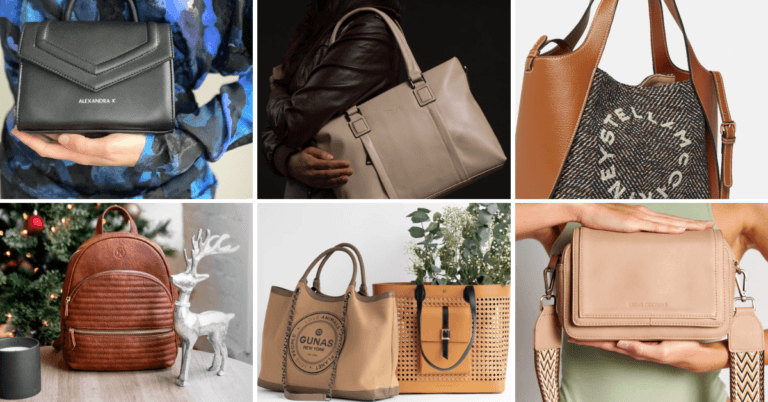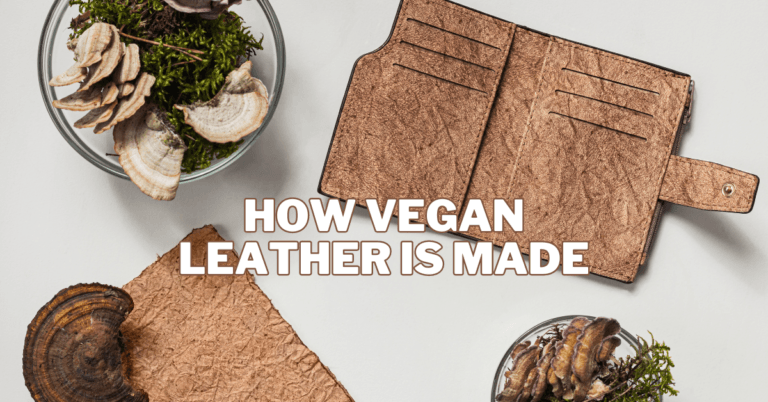How To Find Leather-Free Interiors
How To Find Leather-Free Interiors
In an era where ethical and sustainable choices are increasingly valued, the quest to find leather-free interior options has gained significant momentum.
As conscious consumers seek alternatives to traditional animal-derived materials, searching for products that align with style and ethical considerations has become a considerable endeavour.
From furniture to fashion, interior design is evolving to cater to those who value cruelty-free and environmentally conscious choices.
This article delves into the art of discovering leather-free interior options, offering insights into the diverse alternatives that uphold aesthetics and ethical principles.
Whether revamping your living space or contemplating a design project, exploring the world of leather-free interiors promises to unveil innovative materials and designs that resonate with your values while adorning your room with beauty and conscience.

Benefits Of Leather-Free Interiors
Leather-free interiors offer many benefits, making them attractive for those seeking ethical and sustainable alternatives. Here are some key advantages:
1. Cruelty-Free
Leather-free interiors spare animals from suffering and harm. Unlike traditional leather, which involves killing animals and sometimes harsh treatments, alternative materials are cruelty-free.
2. Environmentally Friendly
The production of leather is associated with significant environmental issues, including deforestation, water pollution, and high greenhouse gas emissions.
Leather-free materials, such as synthetics and plant-based options, have a lower environmental impact.
3. Sustainable Sourcing
Many leather alternatives, like cork, pineapple leaves, and mushroom mycelium, are made from sustainable sources. These materials can be harvested without harming the parent plant or organism.
4. Versatility
Leather-free materials come in various textures and colours, offering versatile design options. They can mimic the look and feel of traditional leather or have unique characteristics that set them apart.
5. Durability
Some leather alternatives are highly durable and long-lasting, often outperforming traditional leather in wear and tear. This longevity reduces the need for frequent replacements.
6. Hypoallergenic
Materials not made of leather are frequently hypoallergenic, making them ideal for people with allergies or sensitivities to animal goods.
7. Cost-Effective
While high-quality leather can be expensive, many leather alternatives are more budget-friendly, allowing for cost-effective interior design options.
8. Easy Maintenance
Leather-free materials are generally easier to clean and maintain than traditional leather. They may require less specialized care and cleaning products.
9. Innovative Technology
Advances in technology have led to the creation of innovative leather alternatives that are eco-friendly, high-performance, and adaptable to various applications.
10. Ethical Lifestyle
Choosing leather-free interiors aligns with an ethical lifestyle and promotes a culture of responsible consumerism. It allows individuals to make conscious choices that reflect their values.
11. Global Appeal
Leather-free interiors have a global appeal, catering to diverse cultural and ethical preferences, making them a universal choice.
12. Biodiversity Conservation
Choosing leather alternatives can contribute to preserving biodiversity by reducing the demand for animal hides, which can lead to habitat destruction and threats to wildlife.
13. Reduced Chemical Usage
Traditional leather's tanning and finishing processes often require harmful chemicals. Leather-free materials can reduce or eliminate the need for such chemicals, promoting a healthier environment.
14. Customization
Leather-free materials offer a wider colour, texture, and design customization scope. This enables interior designers and homeowners to create unique and personalized spaces that reflect individual aesthetics.
15. Sustainability Certifications
Many leather alternatives are backed by sustainability certifications, ensuring the materials are responsibly sourced and produced with minimal environmental impact.
By embracing leather-free materials in interior design, individuals and businesses can contribute positively to the environment, animal welfare, and their well-being.
The diverse benefits of leather-free interiors empower us to make conscious choices that resonate with our principles while enhancing the beauty and functionality of our living spaces.
Exploring How To Find Leather-Free Interiors
The quest for a leather-free interior has taken center stage in a world increasingly attuned to ethical living and sustainable choices.
As conscious consumers, we can redefine our living spaces with cruelty-free elegance. While leather has long been associated with luxury and durability, a growing wave of alternatives reshapes interior design landscapes.
Finding a leather-free interior involves making informed choices about materials and products that align with your values and preferences. Here are the key points and details to consider when seeking a leather-free interior:
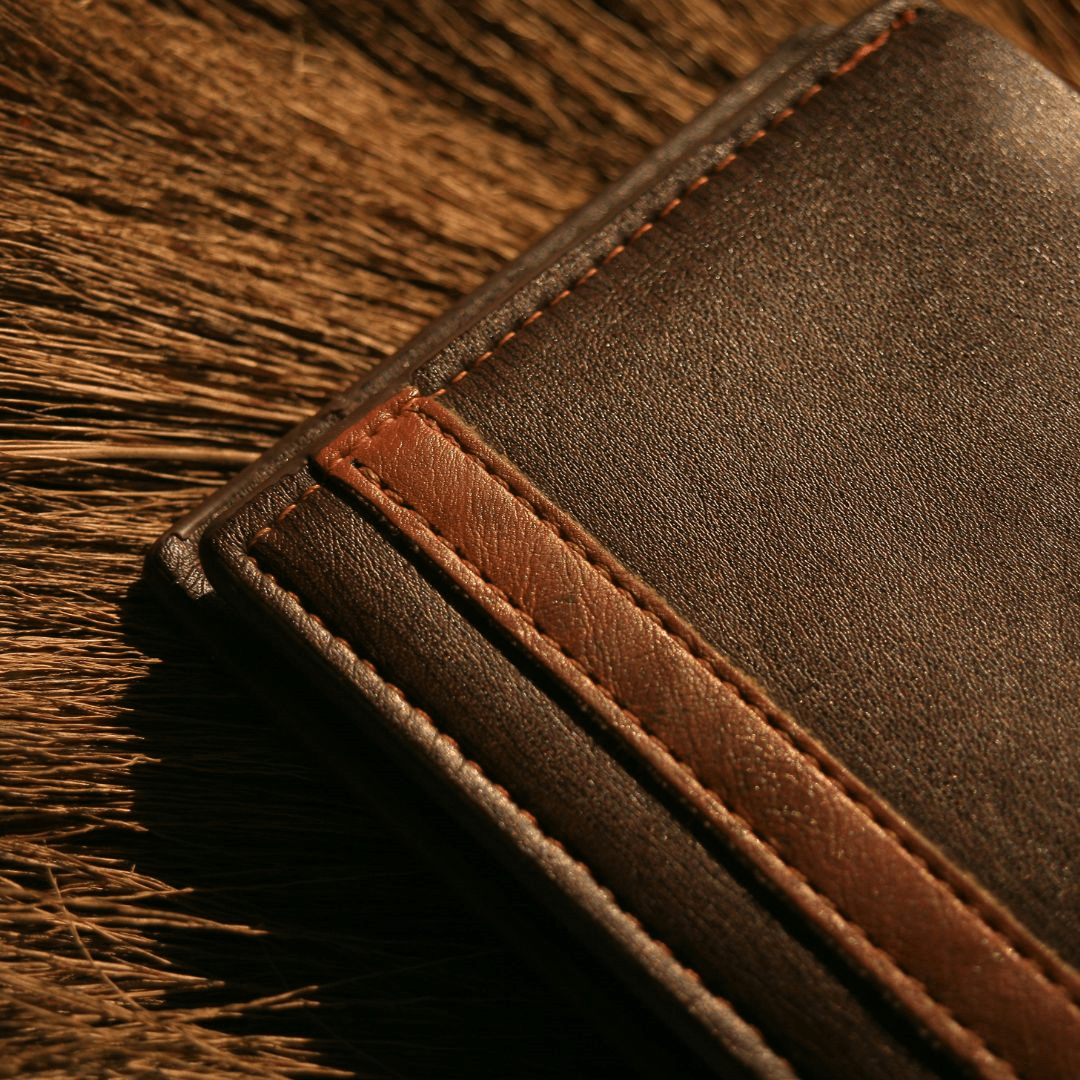
1. Research And Education
To embark on creating a leather-free interiors, it's crucial to arm yourself with knowledge. Begin by delving into the world of leather alternatives, from innovative textiles to sustainable materials that can seamlessly replace traditional leather.
Understand the unique attributes of each option, such as their texture, durability, and maintenance requirements, allowing you to make informed choices that resonate with your design vision.
Beyond aesthetics, deeply dive into conventional leather production's environmental and ethical impacts.
Discover the resources consumed, emissions released, and animals affected throughout the leather supply chain.
This exploration can empower you with a profound understanding of the urgency to transition towards more sustainable and cruelty-free alternatives.
As you equip yourself with these insights, you'll enhance your interior design prowess and amplify your role as a conscious consumer shaping the future of living spaces.
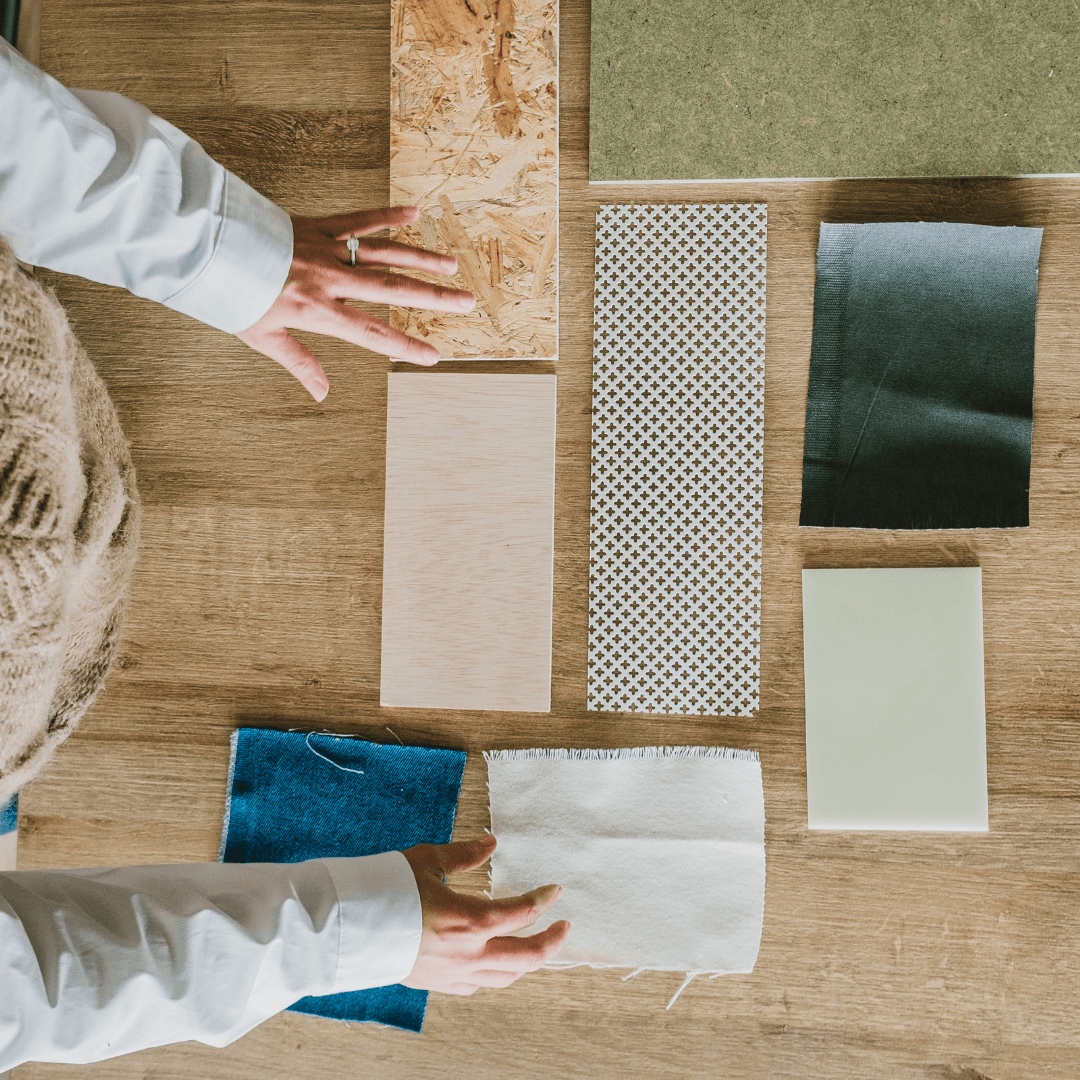
2. Material Selection
When navigating the realm of leather-free interiors, material selection becomes the cornerstone of your journey.
Seek out materials that proudly bear labels such as “leather-free,” “vegan,” or “cruelty-free.”
These designations ensure that your chosen products align with your ethical and sustainable living commitment.
Synthetic leather, often faux leather, is a popular option with textures that closely mimic genuine leather without the associated environmental and moral concerns.
Additionally, explore the rich world of plant-based fabrics, such as organic cotton, hemp, and cork, which offer a range of textures and visual appeal while embracing natural origins.
Another avenue to explore is recycled materials, which reduce waste and conserve resources.
By consciously selecting materials that harmonize with your values, you sculpt interiors that are visually captivating and ethically conscious, fostering a seamless blend of aesthetics and principles within your living spaces.

3. Label Verification
In your pursuit of a leather-free interior, meticulous label verification emerges as a vital practice. Scrutinize product labels and descriptions with a discerning eye to ascertain their leather-free status.
Look for explicit declarations confirming the absence of leather or animal-derived materials.
Seek out certifications that underscore the authenticity of your choices, such as the “PETA-approved vegan” label or the “Global Organic Textile Standard (GOTS)” certification.
These endorsements serve as trusted beacons guiding you toward products that adhere to stringent ethical and environmental standards.
By investing time in label scrutiny, you affirm your commitment to leather-free interiors and fortify the connection between your space and your values.
Every label decoded, and every certification acknowledged transforms your interior into a canvas that speaks eloquently of conscious choices, weaving a tapestry of integrity, beauty, and compassion within your living environment.
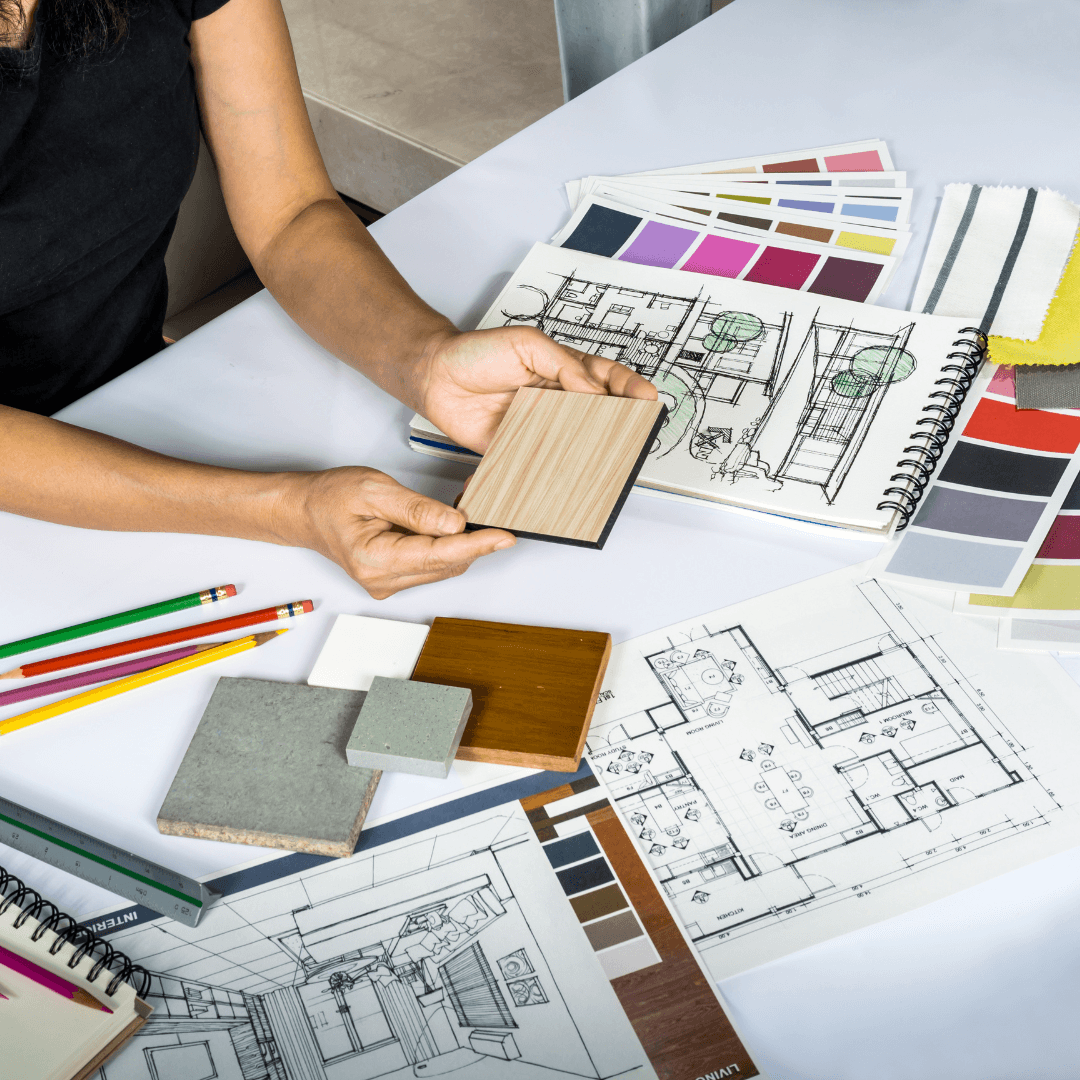
4. Visit Ethical And Sustainable Brands
Venturing into the realm of leather-free interiors involves a journey of exploration and discovery among ethical and sustainable brands.
Take the initiative to research and select brands that place a premium on sustainability and offer diverse leather-free alternatives.
As you navigate this landscape, you'll find that many eco-conscious brands are committed to transparency, providing comprehensive insights into their materials and production methods.
Through their platforms, you can unravel the intricate stories behind each product, from sourcing to creation, ensuring that your choices resonate with your values.
These brands often embrace innovative design and material selection approaches, championing cruelty-free and environmentally responsible practices.
By aligning your support with these entities, you extend your hand to a community that celebrates conscious living and responsible consumption.
Every interaction with these brands shapes your interior aesthetic and contributes to a broader movement toward a more compassionate and sustainable world.

5. Consult Interior Designers
Embarking on your leather-free interior journey can be enhanced by enlisting the expertise of seasoned interior designers who share your values.
Collaborating with professionals who comprehend and honour your penchant for leather-free materials can yield remarkable results.
These designers bring a wealth of knowledge, offering insights into various suitable alternatives that seamlessly align with your design vision.
With a nuanced understanding of the diverse range of materials available, they can deftly guide you towards choices that exude aesthetic charm while remaining aligned with your ethical and sustainable aspirations.
Their expertise extends beyond mere aesthetics; they can harmoniously blend form and function, ensuring that every facet of your interior space is imbued with your values.
Engaging with these designers opens the door to possibilities where design excellence and ethical considerations coalesce to create visually stunning, ethically conscious interiors that resonate with your individuality.

6. Attend Eco-Friendly Home Expos
Enjoy sustainable and cruelty-free interior design by participating in eco-friendly home expos and fairs.
These events serve as dynamic platforms where you can connect with a diverse array of exhibitors who champion ethical and eco-conscious interior products.
As you wander through the stalls and displays, you'll have the opportunity to engage directly with exhibitors, gaining firsthand insights into their offerings and philosophies.
The rich tapestry of options on display ranges from innovative materials to groundbreaking designs that seamlessly blend aesthetics with sustainability.
These expos provide a unique avenue for you to experience, touch, and interact with the materials that will ultimately shape your living spaces.
The conversations you engage in during these events can yield valuable information and inspire you to make well-informed decisions that resonate with your values.
By attending these expos, you become an active participant in a community that prioritizes responsible consumption and empowers you to curate a leather-free interior that is both ethically mindful and aesthetically captivating.

7. Read Online Reviews
Harness the power of online reviews as you navigate the realm of leather-free interior design. The digital landscape offers a treasure trove of insights and first-hand experiences shared by fellow consumers who have ventured into similar territory.
Delve into these reviews to glean valuable information about various leather alternatives, brands, and products.
By learning from the experiences of others, you can gain a nuanced understanding of the quality, durability, and aesthetic appeal of the materials and products in question.
Reviews serve as a virtual forum where individuals candidly share their triumphs and considerations, shedding light on aspects that may not be immediately apparent.
This collective wisdom can guide you towards selections that align with your preferences and practical needs, offering a sense of assurance as you curate your leather-free interior.
The diverse perspectives showcased in online reviews help you make informed decisions anchored in the real-world experiences of those who have embarked on similar journeys, allowing you to craft compassionate and exquisite spaces.

8. Local Artisans And Craftsmen
Embrace the rich tapestry of local craftsmanship by seeking talented artisans who craft leather-free interior items.
In your quest for ethical and sustainable design, turning to local creators adds a distinctive touch to your endeavour.
These artisans often possess a deep-rooted connection to their craft, investing their passion and skill into producing unique pieces that align seamlessly with your values.
Engaging with local artisans fosters a sense of community and collaboration and allows you to witness the intricate artistry that goes into each creation.
By supporting these individuals, you preserve traditional techniques and craftsmanship, promoting a more holistic approach to interior design.
This endeavour transcends the transactional nature of consumerism, fostering a personal connection between you, the artisan, and the item you acquire.
Whether bespoke furniture, handwoven textiles, or intricately designed decor, collaborating with local artisans imbues your living spaces with authenticity and soul.
As you welcome their creations into your home, you infuse your environment with meaningful aesthetics and empower a network of talented individuals who share your commitment to a leather-free interior.
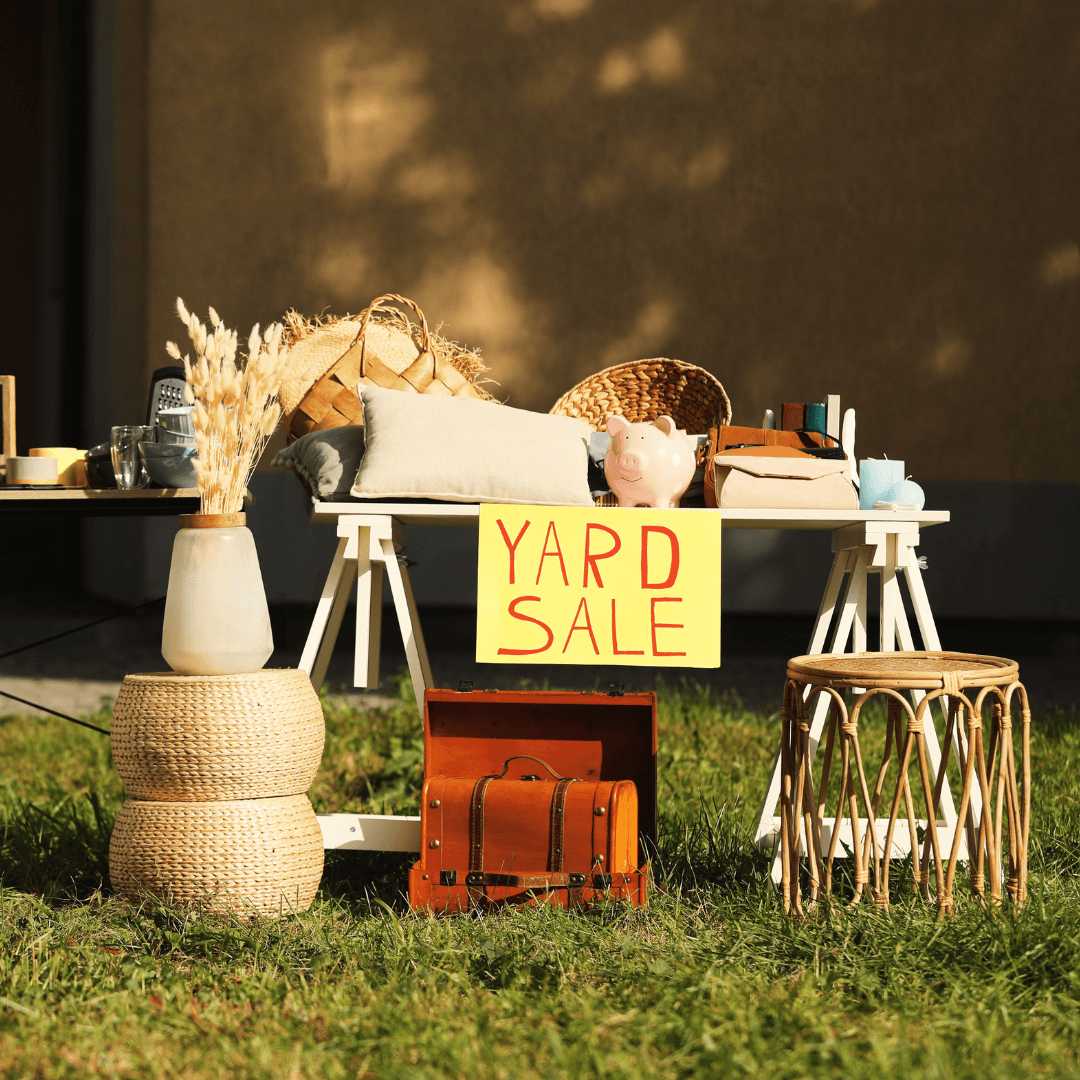
9. Consider Rental Or Secondhand Options
Embrace a sustainable and resource-conscious approach to leather-free interior design by delving into rentals and secondhand markets.
In a society that often prioritizes ownership, exploring these alternatives presents an opportunity to redefine how we furnish our spaces.
Rental services provide a flexible method to curate your environment, allowing you to try out different looks and trends without making a long-term investment.
Additionally, the secondhand market boasts a treasure trove of pre-loved gems that hold their own stories and characters.
Choosing for gently used furnishings not only breathes new life into pieces that may have otherwise gone unused but also contribute to reducing the demand for new materials and products.
This choice aligns with the principles of circular economy, extending the lifecycle of items and minimizing their environmental footprint.
You actively move toward a more conscious and sustainable future by embracing rental or secondhand options.
Moreover, you imbue your living spaces with a sense of uniqueness and history as each piece carries its narrative, fostering an atmosphere of authenticity and charm.
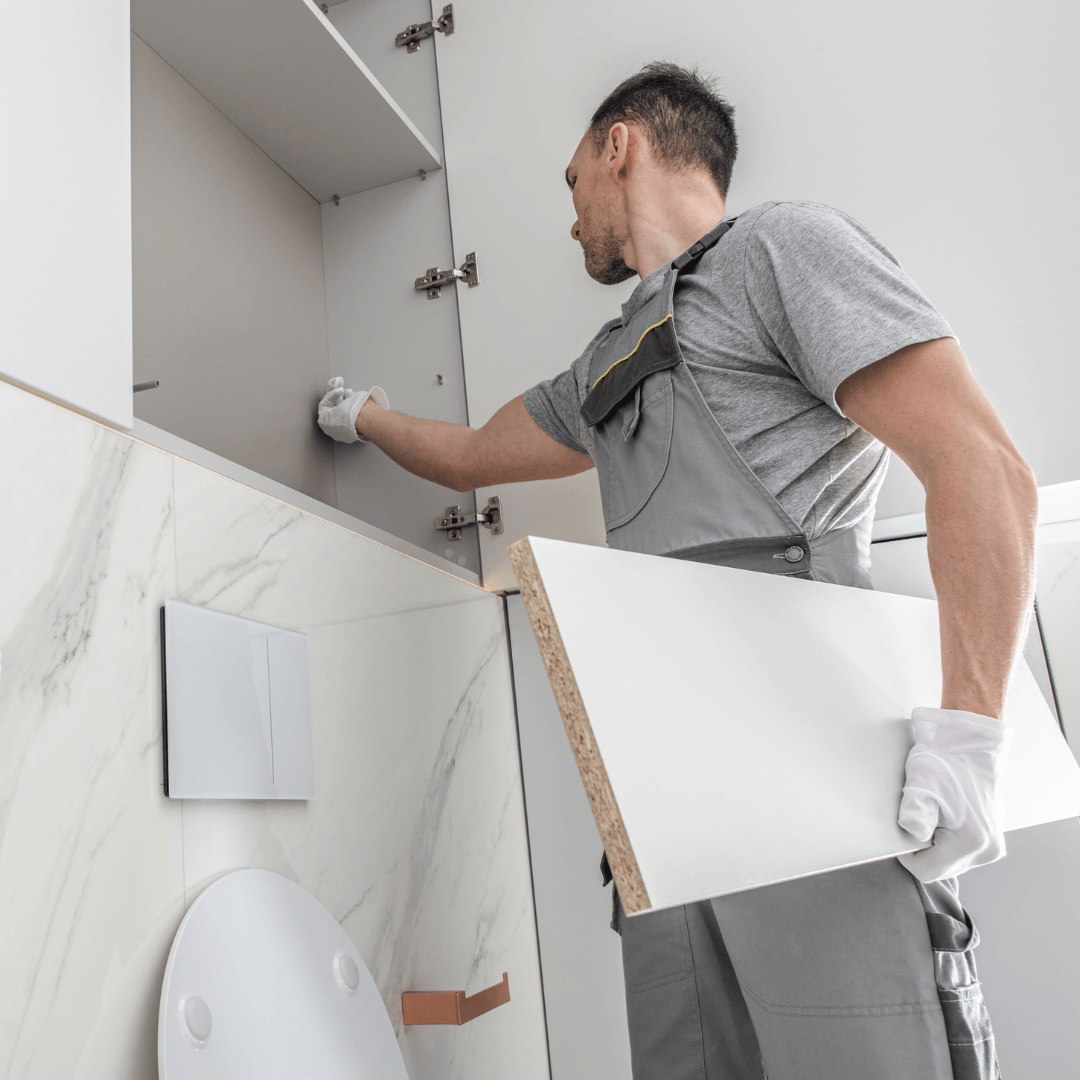
10. Checklist For Furnishings
Embarking on the journey to furnish your space with intention and care necessitates a well-structured approach. Crafting a comprehensive checklist serves as your guiding compass throughout the process.
Begin by assessing the specific types of furnishings required for each area, whether your living room, bedroom, or dining space.
Outline the dimensions, styles, and functionalities you envision for each piece. Consider factors such as colour schemes, materials, and overall aesthetic coherence.
This checklist not only streamlines your shopping experience but also prevents impulse purchases and ensures that every addition to your interior aligns with your leather-free and sustainable preferences.
By itemizing your needs and preferences, you empower yourself to make informed decisions that reflect your ethical values and design aspirations.
Moreover, the checklist becomes a tangible representation of your commitment to a thoughtful and purposeful interior.
As you tick off items, you build a space that resonates with your identity while reducing the environmental impact associated with conventional leather choices.
Essentially, the checklist becomes a roadmap to crafting an interior that speaks to your values, resonates with your personality, and fosters a sense of well-being for you and the planet.

11. Experiment With Materials
Embracing a leather-free interior invites a world of creative possibilities, where you can explore various materials, colours, and textures that resonate with your style and values.
With leather alternatives ranging from synthetic textiles to natural fibres and innovative sustainable materials, your options are expansive.
Experimentation becomes an exciting journey of discovery, allowing you to curate a visually appealing space that aligns with your ethical choices.
Delve into the tactile qualities of fabrics like organic cotton, cork, hemp, and even reclaimed wood. Blend textures and colours to craft a harmonious, inviting atmosphere that reflects your personality.
By pushing boundaries and stepping outside of the traditional leather paradigm, you cultivate a space that is authentically you.
Don't hesitate to mix and match materials to balance functionality and aesthetics. Experimenting becomes an empowering act of self-expression as you transform your interior into a canvas that tells your story and respects your values.
Ultimately, embracing diverse materials elevates your design journey, infusing it with authenticity, innovation, and sustainability.

Conclusion
Creating a leather-free interior is a conscious and empowering choice that aligns with ethical and sustainable living principles.
By seeking alternatives to traditional leather and embracing cruelty-free materials, you reduce the demand for animal-based products and minimize the environmental impact of the fashion and interior design industries.
Whether you're furnishing your home from scratch or updating your current space, the steps outlined in this guide provide a roadmap to help you navigate the world of leather-free interior design.
By educating yourself, verifying labels, connecting with ethical brands and artisans, and experimenting with materials, you're shaping a space that reflects your style and contributes to a more compassionate and eco-conscious world.
With every choice you make, you're demonstrating that aesthetics and ethics can coexist harmoniously, fostering a future where mindful and sustainable living are at the forefront of design decisions.
I trust you enjoyed this article about How To Find Leather-Free Interiors. Please stay tuned for more blog posts to come shortly. Take care!
JeannetteZ
>>>Please click here to read my Vegan Travel Guides To World Destinations<<<
>>>Want To Learn How To Create Delicious, Cruelty-Free, Healthy AND 100% Vegan Meals? Try These Awesome Vegan Cooking Courses With A Free 7-DAY MEMBERSHIP<<<
Your Opinion Is Important To Me
Ideas? Thoughts? Questions? I would love to hear from you. Please leave me your questions, experience, and remarks about the How To Find Leather-Free Interiors article in the comments section below. You can also reach me by email at Jeannette@LivingTheVeganLifestyle.org.
Disclosure
This post may contain affiliate links. I earn from qualifying purchases as an Amazon Associate and other affiliate programs. Please read my full disclosure.
Here are links to some of my favourite articles:
Best Sources Of Vitamin B12 For Kids
Best Vegan Pet Food And Care For Pet Owners
Dealing With Food Allergies As A Vegan
Volunteering With The Vegan Society


